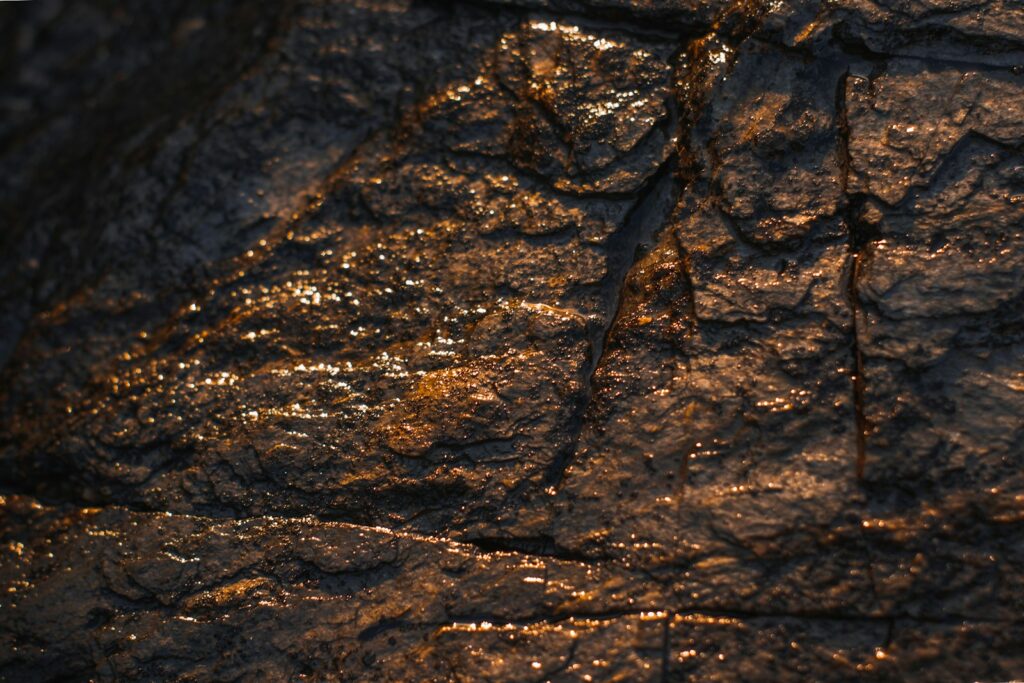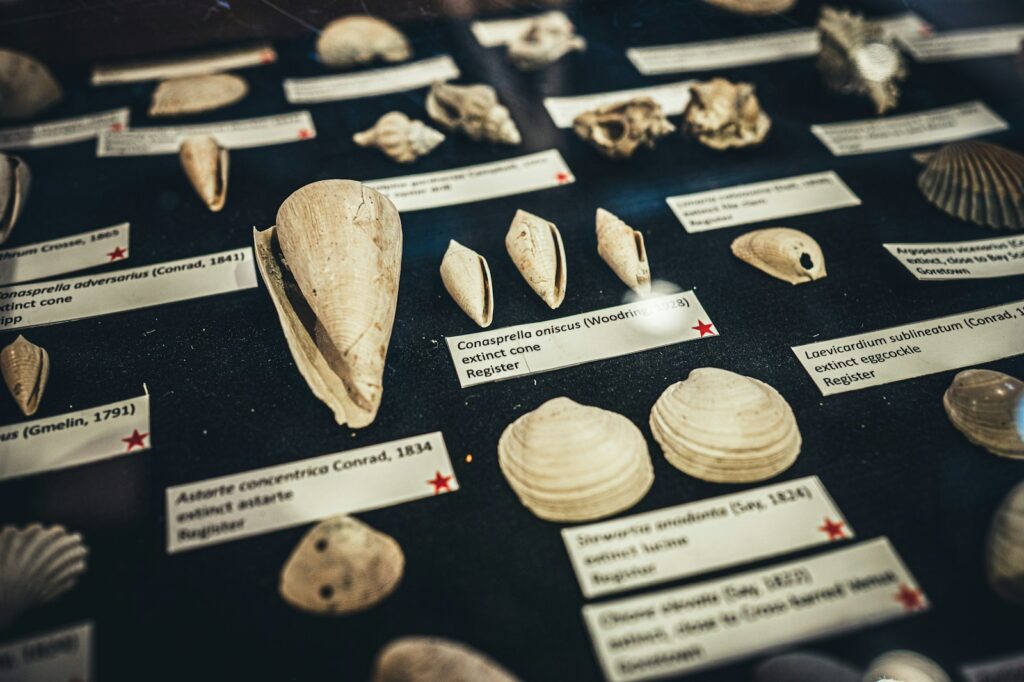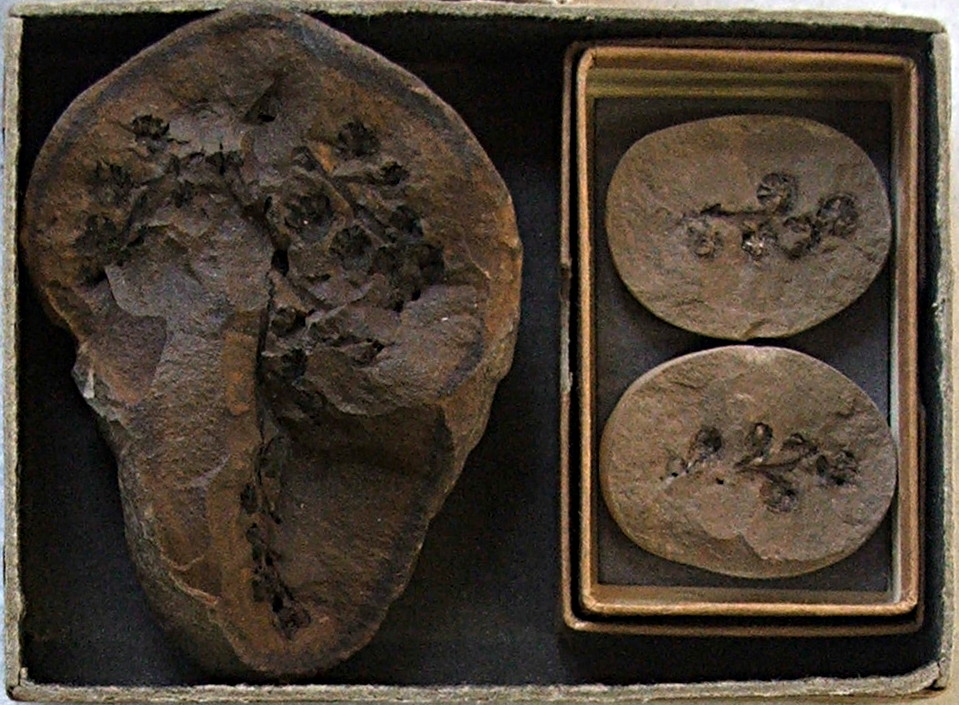Picture this: a massive T-Rex scratching its head with those tiny arms, flakes of ancient dandruff drifting down like prehistoric snow. While that image might make you chuckle, recent fossil discoveries have revealed something absolutely mind-blowing about our favorite extinct giants. Scientists have actually found evidence of dandruff in dinosaur fossils, and it’s changing everything we thought we knew about these incredible creatures.
The Shocking Discovery That Made Headlines
In 2018, paleontologists made a discovery that left the scientific world stunned. They found actual fossilized dandruff flakes preserved alongside dinosaur remains, dating back over 125 million years. This wasn’t just any ordinary fossil find – it was microscopic evidence of something so familiar yet so unexpected. The discovery came from examining feathered dinosaurs found in China, where exceptional preservation conditions allowed even the tiniest details to survive through time. Imagine opening a time capsule and finding something as mundane as dandruff, yet so revolutionary for our understanding of prehistoric life.
How Scientists Even Found Something This Tiny
Finding dandruff from creatures that lived millions of years ago sounds impossible, but advanced microscopy made it happen. Researchers used powerful electron microscopes to examine fossilized feathers at incredibly high magnifications. They discovered tiny, flaky structures that looked remarkably similar to modern dandruff under the same microscopic examination. The preservation was so extraordinary that scientists could see individual cells and their internal structures. This level of detail preservation is rarer than finding a complete dinosaur skeleton, making this discovery truly exceptional.
What Dinosaur Dandruff Actually Looked Like
Dinosaur dandruff wasn’t exactly like the flakes you might find on your shoulders after a dry winter day. The fossilized flakes were incredibly small, visible only under powerful microscopes, and had a distinctive cellular structure. These ancient skin cells showed a corneocyte pattern – basically dead skin cells that had been shed from the outer layer of the dinosaur’s skin. The flakes were found mixed in with fossilized feathers, suggesting they fell naturally as the dinosaurs went about their daily lives. It’s fascinating to think that something so simple could survive for over 100 million years.
The Feathered Connection Nobody Expected
The most surprising aspect wasn’t just that dinosaurs had dandruff, but where it was found. These flakes were discovered on feathered dinosaurs, not the scaly reptilian giants we often picture. This discovery provided crucial evidence about how dinosaur skin and feathers actually worked together. The dandruff was found on species like Microraptor and Beipiaosaurus, small feathered dinosaurs that lived in ancient China. These creatures had complex feather structures that required constant maintenance, just like modern birds do today.
Why This Changes Everything About Dinosaur Skin
Before this discovery, scientists had to guess about dinosaur skin based on impressions and rare fossilized patches. Finding actual cellular evidence of how their skin functioned was like winning the paleontology lottery. The dandruff revealed that dinosaur skin renewed itself regularly, shedding dead cells just like modern animals do. This process, called desquamation, showed that dinosaurs had active, living skin rather than just a static protective covering. The discovery proved that dinosaur skin was far more complex and dynamic than anyone had imagined.
The Amazing Science Behind Fossilized Skin Cells
Preserving something as delicate as skin cells for millions of years requires perfect conditions and a bit of luck. The Chinese fossil sites where these discoveries were made had unique preservation conditions – fine volcanic ash quickly buried the dinosaurs, creating an oxygen-free environment. This prevented decomposition and allowed even microscopic details to fossilize. The process is similar to how insects get preserved in amber, except here it was volcanic sediment doing the preserving. Scientists call this type of preservation “exceptional fossilization,” and it’s incredibly rare in the fossil record.
How Dinosaur Grooming Might Have Worked
If dinosaurs had dandruff, they probably had ways to deal with it, just like modern animals do. Birds today spend hours preening their feathers, removing dead skin and parasites while distributing oils to keep everything healthy. Feathered dinosaurs likely had similar behaviors, using their claws and beaks to maintain their plumage. Some larger dinosaurs might have even engaged in social grooming, helping each other reach difficult spots. Picture a group of velociraptors having a spa day, carefully cleaning each other’s feathers and removing those pesky prehistoric flakes.
The Link Between Ancient and Modern Birds
Modern birds are essentially living dinosaurs, and they definitely get dandruff – though we usually don’t notice it. Bird dandruff consists of tiny keratin scales that fall off as new feathers grow and old ones are replaced. The fossilized dinosaur dandruff showed remarkably similar structures to what we see in birds today. This similarity provides strong evidence for the evolutionary connection between dinosaurs and birds. It’s like finding a family photo that shows your great-great-grandmother had the same quirky habit you do today.
What This Tells Us About Dinosaur Health
Dandruff might seem like a minor detail, but it actually reveals important information about dinosaur health and physiology. Healthy skin renewal indicates that these animals had active metabolisms and proper immune systems. The presence of regular skin shedding suggests that feathered dinosaurs maintained their body temperature and had the energy to constantly replace their outer skin layer. This supports the theory that many dinosaurs were warm-blooded rather than cold-blooded like modern reptiles. A creature with an active metabolism needs to maintain its “outer shell” just like mammals and birds do today.
The Microscopic World of Prehistoric Life
This discovery opened up an entirely new field of study – microscopic paleontology of soft tissues. Scientists are now looking for similar microscopic evidence in other fossils, hoping to find more details about how extinct animals actually lived. They’ve already started finding evidence of ancient proteins, pigments, and even possible DNA fragments in exceptionally preserved specimens. Each microscopic discovery adds another piece to the puzzle of prehistoric life. It’s like having a time machine that can zoom in on the smallest details of life millions of years ago.
Why Some Dinosaurs Had More Dandruff Than Others
Not all dinosaurs would have had the same amount of dandruff – it would have depended on their lifestyle and body covering. Feathered dinosaurs that lived in dusty or dry environments might have had more skin irritation and flaking. Aquatic or semi-aquatic dinosaurs might have had different skin conditions altogether due to their water-based lifestyle. Even diet could have played a role, as modern animals with poor nutrition often have skin problems. The amount and type of dandruff could actually tell us about individual dinosaur health and living conditions.
The Preservation Miracle That Made It Possible
The fact that we can study 125-million-year-old dandruff is nothing short of miraculous in terms of preservation. Most organic materials decompose completely within years or decades, but these Chinese fossil sites created perfect preservation conditions. The volcanic ash was fine enough to capture microscopic details while being alkaline enough to prevent bacterial decomposition. Temperature and pressure conditions were just right to fossilize even the most delicate cellular structures. Scientists estimate that this level of preservation occurs in less than one percent of all fossilization events.
What Other Microscopic Secrets Might Be Waiting
If scientists can find dandruff, what other microscopic evidence of dinosaur life might be preserved in fossils? Researchers are already looking for evidence of ancient parasites, bacteria, and even possible stomach contents at the cellular level. Some are searching for preserved blood cells, though that remains extremely unlikely due to their fragile nature. Others are investigating whether they can find evidence of prehistoric diseases or injuries at the microscopic scale. Each new discovery using advanced microscopy techniques reveals more about the daily lives of these extinct giants.
The Future of Dandruff Research in Paleontology
This groundbreaking discovery has inspired paleontologists worldwide to reexamine existing fossils with new eyes and better technology. Museums are pulling out specimens that were collected decades ago, subjecting them to modern microscopic analysis. New excavation techniques are being developed specifically to preserve microscopic details that might have been overlooked in the past. Some researchers are even creating detailed databases of microscopic fossil features, hoping to spot patterns that could reveal new insights about extinct life. The field of microscopic paleontology is exploding with possibilities, all because someone decided to look really, really closely at some old dinosaur feathers.
The next time you brush dandruff off your shoulders, remember that you’re participating in an ancient ritual that connects you directly to creatures that roamed the Earth over 100 million years ago. These tiny flakes aren’t just annoying remnants of dry skin – they’re evidence of living, breathing, thriving animals that dealt with the same everyday biological processes we do today. Who would have thought that something so ordinary could be so extraordinary?




